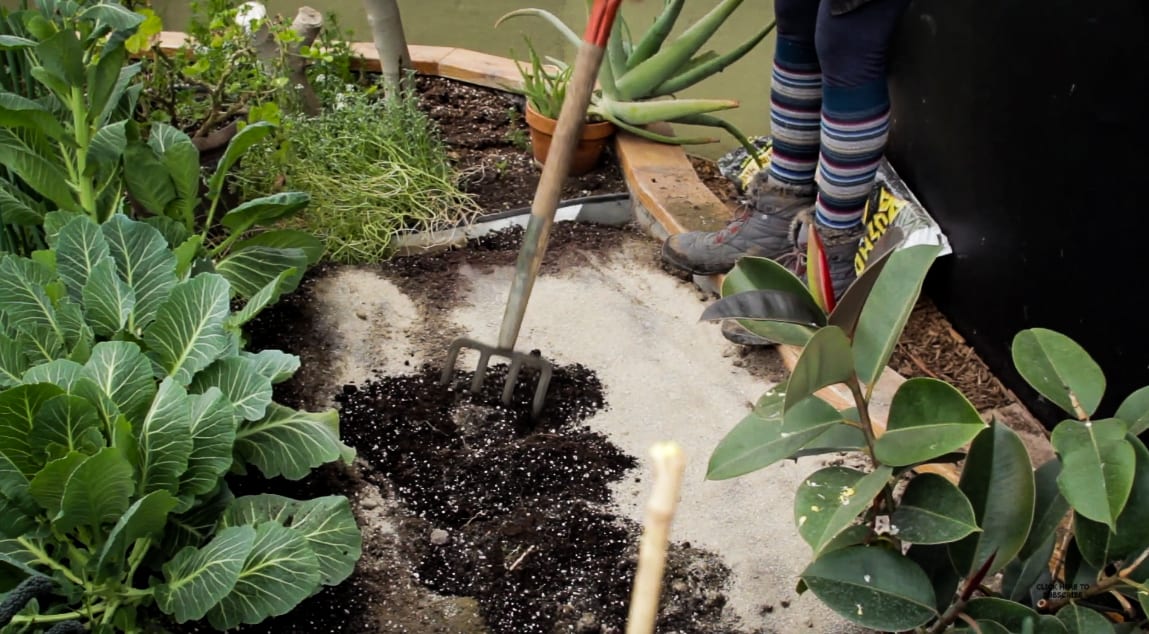
Soil Test & Amendment Guide For Year-Round Greenhouse Gardens
Growing Domes create a unique environment where you can easily cultivate a year-round garden. Because of this, we seldom stop gardening, and our soil never gets a break. But we still need to provide our soil with extra nourishment at least once a year.
Any indoor growing space is more prone to dry soil and fertility loss simply because it is not getting as much water. The garden soil in a Growing Dome needs extra care to produce optimally year after year. This article will explain a simple process for every gardener to maintain healthy soil in the spring and summer and achieve ultimate success.
When You Should Test & Amend Your Soil
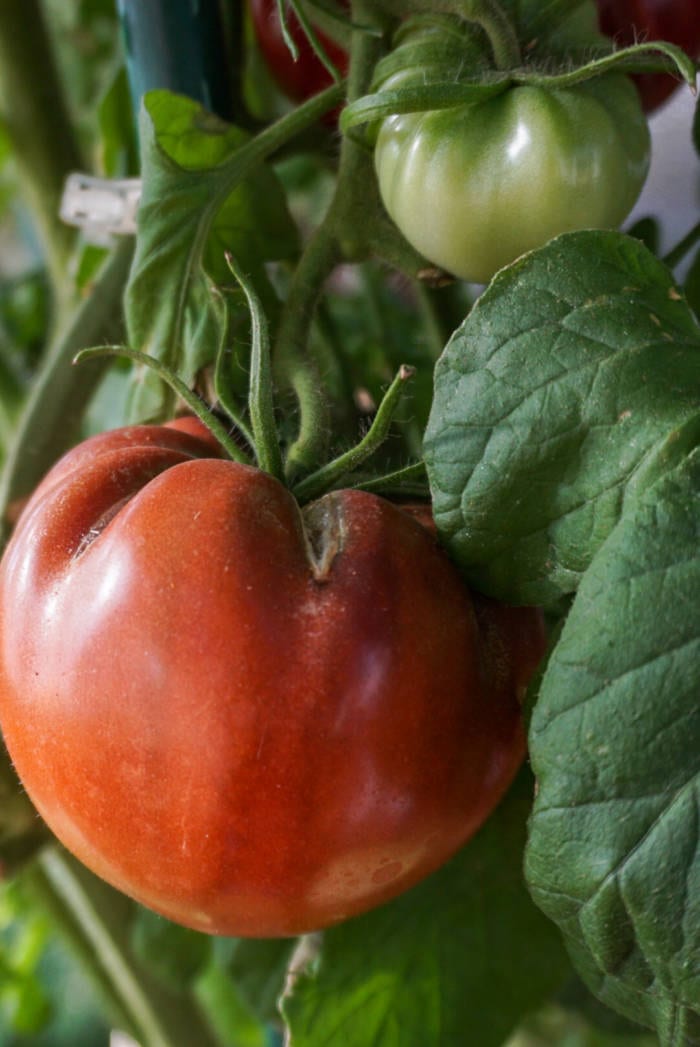
Spring is the best time to test soil and make amendments in your garden. Not only do your summer crops require the greatest fertility to grow well, but the soil in your raised beds has had a long winter.
“If I grow tomatoes all spring, summer, and fall, I will often amend that area again in the fall with things like worm castings, compost, kelp, and other general soil conditioners so that my winter crops will have what they need.” -Heather Gray (Expert Growing Dome Greenhouse Gardener)
Step 1: Testing Your Soil
It is best to get a soil test kit that will explain what the depletions are and your soil pH so that you can have a clear guideline of how to amend your garden soil optimally. Although it is slightly more expensive than the basic soil test kit used in the video below, it is well worth it for beginner gardeners or any gardener that would like more precise measurement.
This example of a basic soil test will provide you with an estimation of your NPK (N=Nitrogen, P=Phosphorous, and K=Potassium) and soil ph levels. You can often find these soil test kits in garden centers and online, or you can utilize your local county extension office for more accurate test results. This will help you make the best choice of fertilizers to improve the soil.
On the package of fertilizer, you’ll see these three values separated by dashes (N-P-K). The numbers of each nutrient indicate the percentage of net weight contained in the fertilizer. For example, a 10-pound bag of 10-10-10 fertilizer contains one pound of each element. I also recommend testing again a week after fertilizing to have a better idea of the necessary quantities.

Step 2: Choosing Proper Soil Amendments
Now that you have tested your soil, you need to decide on the best amendments to maximize your soil’s health and happiness.
Soil pH
In general, winter crops prefer neutral to slightly alkaline soil, whereas summer crops prefer slightly acid soil. Neutral is a good middle ground to shoot for if your crops are mixed in the same beds.
Sandy soil is often acidic and can be balanced with the application of lime.
Clay soil is often alkaline and balanced with sulfur and organic matter like compost, manure, and peat moss.
Nitrogen
This nutrient governs top growth and healthy foliage. Vegetable gardens, in general, require plenty of nitrogen, and the soil needs amending to grow plants that are healthy and strong year after year. The depletion of this nutrient is the most common issue in greenhouse gardening. Not only is it lost where the soil has been neglected and dried out, but it is also used up by the plants in your greenhouse.
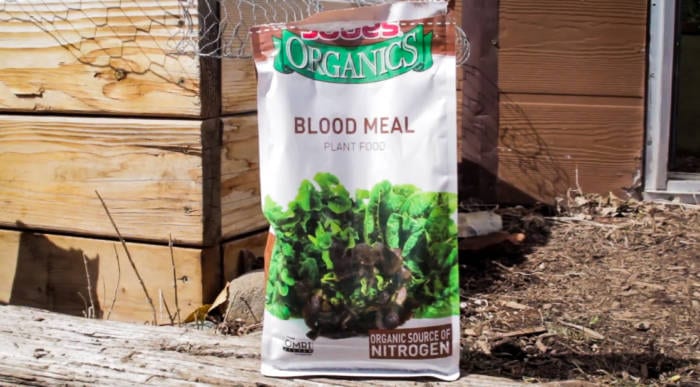
There are many ways to add nitrogen to the soil. Use blood meal if the soil is very depleted and guano or composted manure if it is moderately depleted. Many amendments provide some nitrogen for general soil maintenance, but blood, fish, manure, and guano will bring levels up to par.
Pro Note: “I use fish emulsion on perennials because I can water it in. There are many options for liquids at your local hydroponic store or garden center.” – Heather Gray
*Recommended Products:
Mother Earth Nitro Bat Guano 5-3-1
Down To Earth™ Fish Powder 12 – 1 – 1
Phosphorus
Phosphorus is a nutrient that gives your garden strong roots and beautiful flowers and fruit.
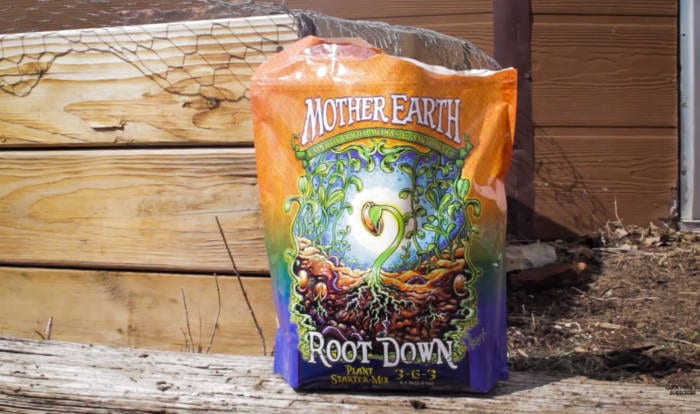
Good phosphorus sources include rock phosphate, bone meal, manure including guano, and almost any other organic fertilizers. Phosphorus has many sources. A little extra can be turned into the soil where root vegetables or flowers are being grown. Anywhere plant roots appear small or weak, or root vegetables are growing very slowly, some added phosphorus will likely be a great help.
*Recommended Products:
Mother Earth Root Down Starter Mix 3-6-3
Botanicare® Hydroplex® Bloom 0 – 10 – 6
Down To Earth™ Bone Meal 3 – 15 – 0
Potassium
Potassium is yet another nutrient for beautiful flowers and fruit. It helps increase immunity against disease and pest infestation. Greensand, Kelp, and hardwood ash are great ways to get more potassium into your soil though almost all fertilizers have some.
“I love kelp meal because it’s loaded with trace minerals, amino acids, vitamins, and it’s an excellent food for our worms. Because it’s dried flakes, I can get it deep into our soil to discourage surface decomposers. “- Heather Gray.
*Recommended Products:
Mother Earth Season’s Choice Tomato & Vegetable Mix 4-5-6
Botanicare® Pure Blend® Pro Bloom Formula 2 – 3 – 5
Down To Earth™ Greensand
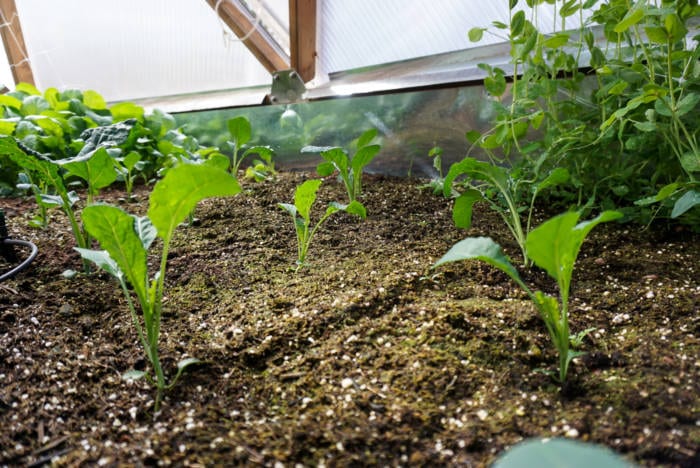
Mycorrhiza and Probiotics
Good fungus and bacteria are the life of your soil! They enable your soil to absorb and hold water and continue to break down organic matter into elements that plants can use. Like the life in our intestines, they govern the absorption of nutrients and immune function (therefore being essential for defense against pests and diseases).” – Heather Gray.
Mycorrhiza has been proven to be the underground pathway of plant communication. It is the means by which one plant being attacked by pests or diseases can communicate with other plants to trigger the production of necessary defense chemicals before they are attacked and damaged. These microscopic fungi form a symbiotic relationship with the plants and create underground connections and warning signals to other plants.
“Though we have many worms in our soil at Growing Spaces, I use probiotic and mycorrhiza formulas, especially in late summer when fruiting crops are very large and producing heavily because it helps boost their immunity during this vulnerable cycle while also improving uptake of nutrients. I can usually see effects quickly and have grown to consider this soil’s life my most important focus for indoor growing.” – Heather Gray.
*Recommended Products:
Plant Success® Great White® Mycorrhizae
Plant Success® Orca® Liquid Mycorrhizae
Proper Watering
The most crucial element in safeguarding and encouraging the growth of these essential organisms in your soil is water. They depend on water for life and die when soil is allowed to dry out for extended periods. That is when we get soil that tests show has nutrients but is not absorbable by plants. Also, this soil often shows hydrophobia or the inability to absorb water.
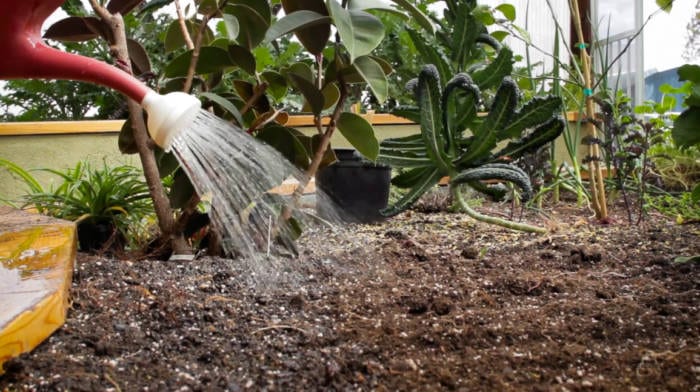
General Fertilizers and Yearly Amendments
General fertilizers and yearly amendments include worm castings, compost, finished leaf mold, composted manure, and much more. These are all very supportive, and we encourage their regular use in any garden, indoors or outdoors.
There are many other ways to increase the life of your soil. Living organic matter like finished compost, composted manure, worm castings, and compost teas are some examples of ways to increase the life in your soil. There are also formulas you can turn into your soil or water in at your local hydroponic store or garden center.
In general, we don’t recommend some other common outdoor garden amendments like grass clippings, still decomposing leaves, fresh manure (unless it is turned well into the soil), or anything that could encourage surface decomposers in your dome.
Domes are a protected space where decomposers like pill bugs have no natural predators to keep them in check. So we have to be careful that what we add from our beautiful compost piles is truly finished and broken down into rich soil. Again, water is vital in composting, so ensure that the pile gets plenty in the summer heat.
*Recommended Products:
Botanicare® Silica Blast™
Botanicare® Sweet® Citrus
Step 3: Applying Your Soil Amendments
First, turn and break up the soil wherever possible. It is best to do this in stages to ensure there is always food growing somewhere in the dome. It is much easier to loosen the earth before adding soil amendments than after and healthier because many of these amendments are best not inhaled.
If your soil is clay or clumpy then break it up as much as possible, then work in perlite or vermiculite to create a medium that makes it easier to work amendments into soil evenly. This and compost will also help to improve soil structure.

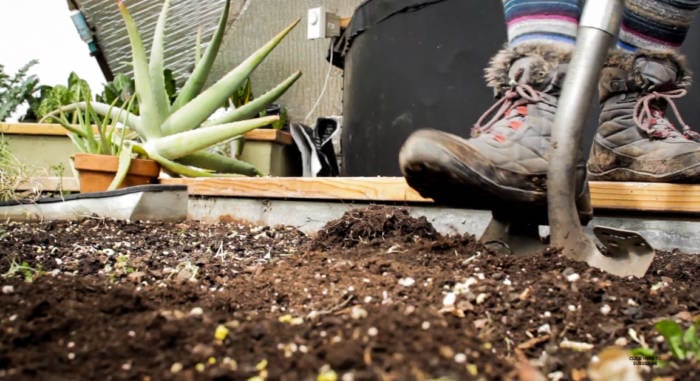
“I always amend to the depth of a large shovel (about a foot deep). It is wise to open your dome door and vents and turn on fans when working with most of these ingredients.”- Heather Gray.
As always, we are here to support you in achieving your gardening goals. Please feel free to reach out to us with questions or to share your wisdom. May your gardens thrive and bring you new joy this year and years to come.

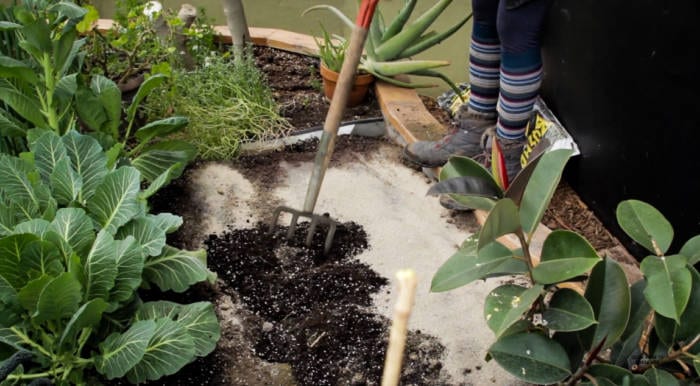
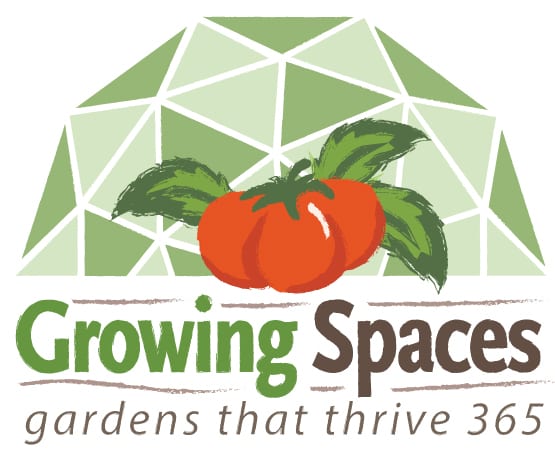
1 Comment
Thanks for sharing such valuable information.